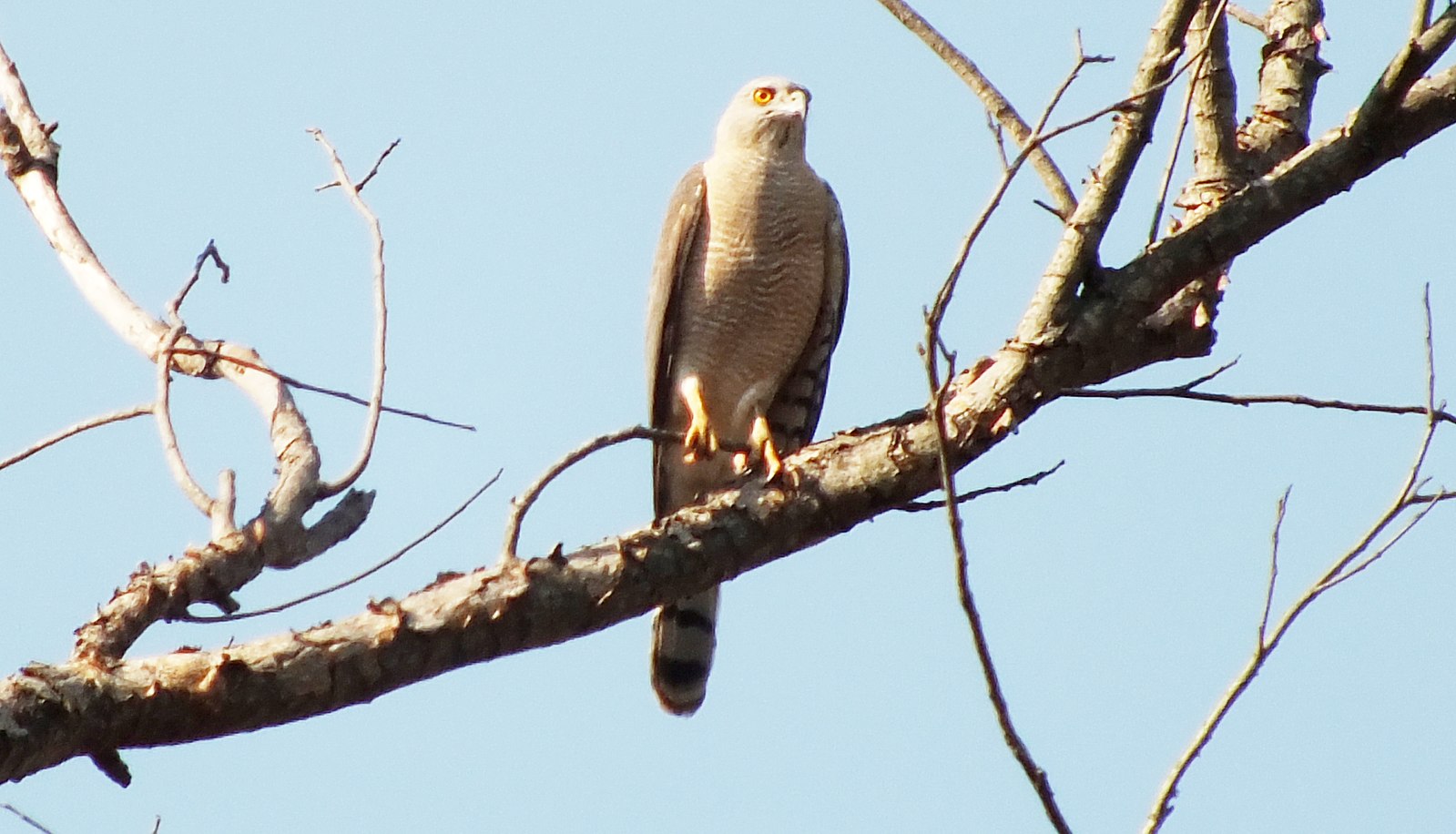Shikras, a species of small hawk found in Asia and Africa, are known for their impressive hunting skills and unique breeding behaviors. One of the most intriguing aspects of shikras is the number of eggs they lay at a time. In this comprehensive blog post, we’ll explore the details of shikra egg-laying and provide you with a deeper understanding of this fascinating bird.
The Number of Eggs Shikras Lay
Shikras typically lay between 3 to 4 eggs at a time, although they have been known to lay as many as 7 eggs in a single breeding season. This is a common strategy employed by many bird species, including the shikra, to ensure the survival of their offspring.
The incubation period for shikra eggs is approximately 18 to 21 days, during which both the male and female shikras work together to keep the eggs warm and protected.
Factors Influencing Shikra Egg Laying
 Image source: SHIKRA by Shiv’s fotografia
Image source: SHIKRA by Shiv’s fotografia
Several factors can influence the number of eggs a shikra lays at a time. These include:
-
Habitat and Food Availability: Shikras that inhabit areas with abundant food resources and suitable nesting sites may be able to support a larger clutch of eggs, as they have the necessary resources to care for a larger brood.
-
Age and Experience: Older, more experienced shikras may lay larger clutches compared to younger, less experienced individuals.
-
Predation Pressure: In areas with high predation pressure, shikras may lay fewer eggs as a strategy to increase the chances of at least some of their offspring surviving.
-
Seasonal Variations: Shikras may adjust the number of eggs they lay based on seasonal changes in food availability and environmental conditions.
Shikra Breeding Behavior
Shikras are known for their unique breeding behaviors, which include:
-
Nest Building: Both the male and female shikras work together to build their nest, which is typically a platform made of sticks and lined with grass. The nest is often placed in the high fork of a tree.
-
Incubation: The female shikra does the majority of the incubation in the early nesting stages, but as time goes on, the male becomes more involved in keeping the eggs warm and safe.
-
Parental Care: Once the eggs hatch, both the male and female shikras work together to feed and care for their young, ensuring their survival and successful fledging.
Threats to Shikras
Despite their adaptability and widespread distribution, shikras face several threats, including:
-
Habitat Degradation: Deforestation, overgrazing by livestock, and the harvesting of wood can lead to the degradation of shikra habitats, making it more difficult for them to find suitable nesting sites and food resources.
-
Insecticide Use: The use of insecticides can have a negative impact on shikras, either through direct poisoning or by reducing the availability of their prey.
-
Electrocution: Shikras are sometimes killed by colliding with or being electrocuted on power lines.
-
Predation: Shikras face predation from other animals, such as larger birds of prey and carnivorous mammals.
Despite these threats, shikras are currently classified as a species of Least Concern by the International Union for Conservation of Nature (IUCN), indicating that they are not facing major threats across their range.
Conclusion
Shikras are fascinating birds that lay between 3 to 4 eggs at a time, with the potential to lay up to 7 eggs in a single breeding season. Their unique breeding behaviors, including nest building and parental care, are a testament to their adaptability and resilience. While they face various threats, shikras remain a species of Least Concern, and their continued conservation is crucial to maintaining the ecological balance of their habitats.
References:
- Ayres’s hawk-eagle – Facts, Diet, Habitat & Pictures on Animalia.bio
- Shikra – Wikipedia
- Shikra | The Peregrine Fund
- Shikra: The Ultimate Guide – Operation Migration


